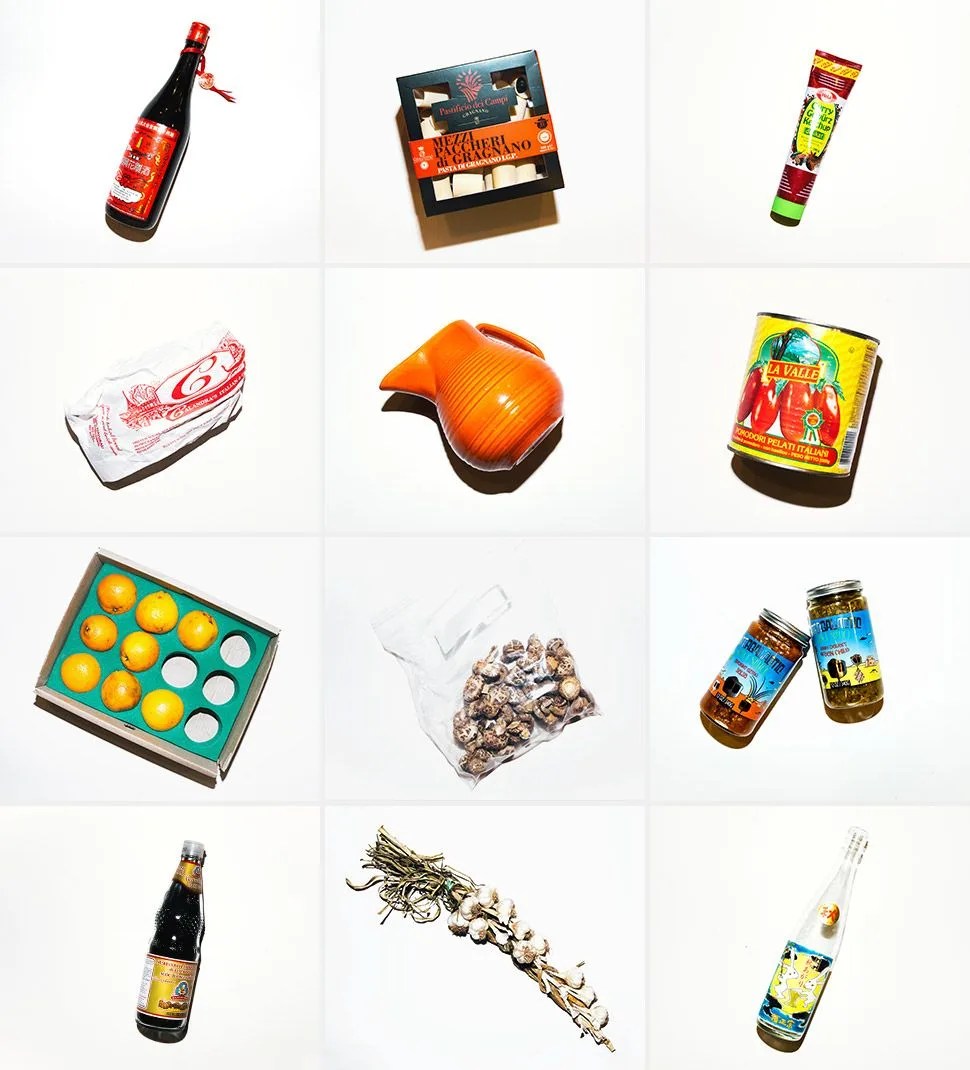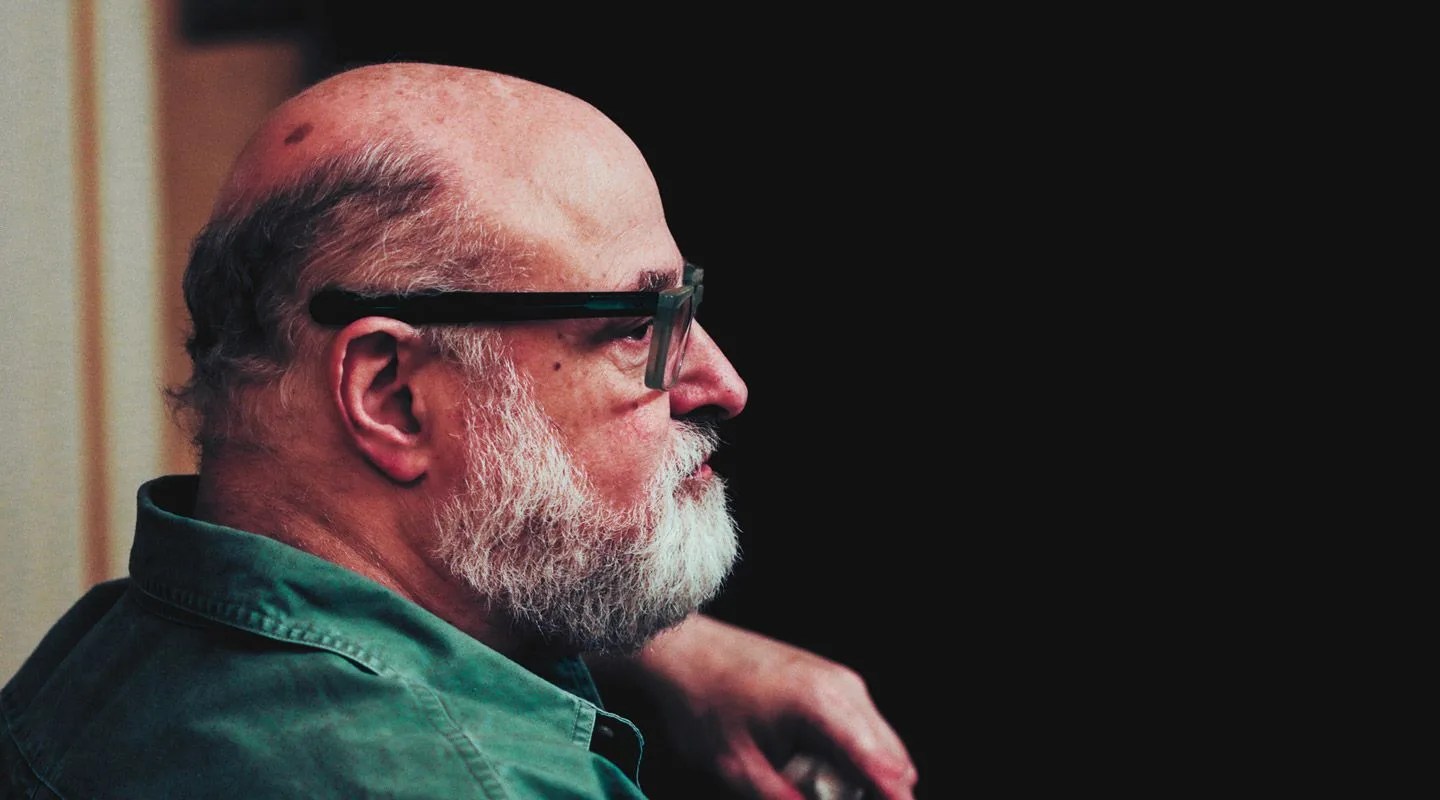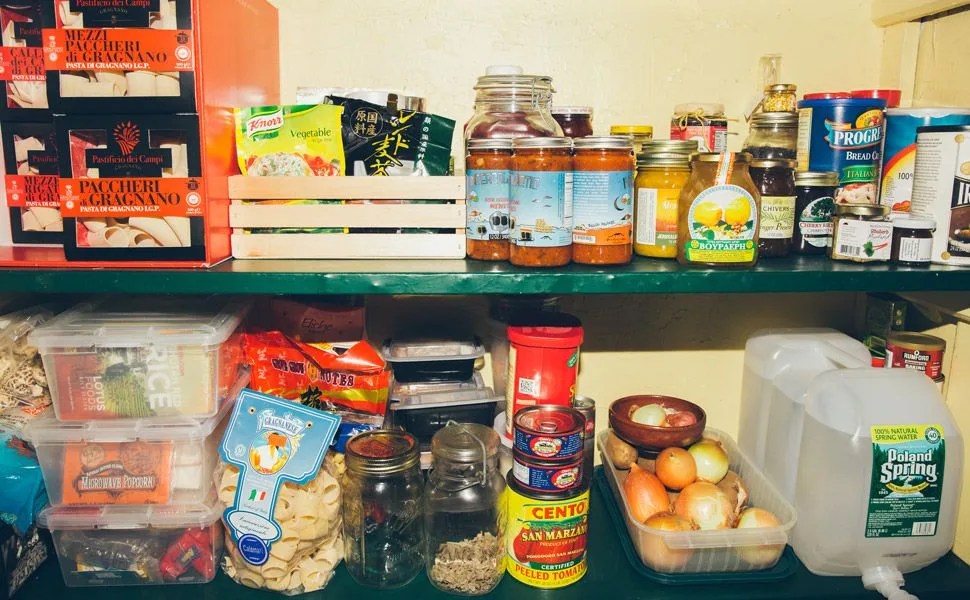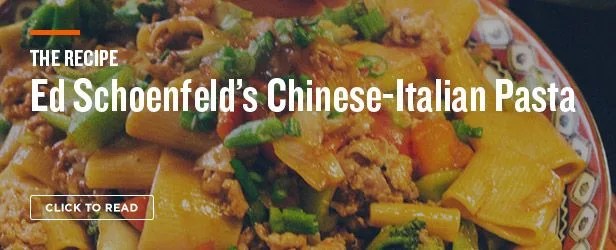In the early 1970s, Ed Schoenfeld would have appeared an unlikely candidate to become one of the country’s leading authorities in Chinese gastronomy. He was just starting out then, or trying to — just another college dropout from Brooklyn, driving taxis around New York City. His big break came when he met restaurateur David Keh, who hired him as his assistant and the maitre’d at Uncle Tai’s Hunan Yuan, one of the first restaurants ever to include a dish called General Tso’s chicken on its menu. After a string of successful ventures with Keh, Schoenfeld moved out on his own; today, his two-restaurant outpost — RedFarm and Decoy — in Manhattan’s West Village (with a second RedFarm location farther uptown) is serving up what Zagat calls the best Chinese food and dim sum in the city.
FOR FOODIES: 25 Best Restaurant in America | Primer: Salt | Raclette, The Poor Man’s Fondue
Do you want me to cook you a dish that’s Asian Italian, or Italian Asian?
I shake Schoenfeld’s hand inside his home in Bellevelle, New Jersey. He sports a thick white beard with eyeglasses that match the hue of his sea-green shirt and looks comfortable and relaxed inside his kitchen. He calls this “his room”, having conquered it from his wife, Elsa. The pair moved here in 2012 after falling for the Georgian architecture of this century-old house and the neighborhood feel of its surroundings. “Coming here was a really nice change”, he says. It’s obvious he’s sentimental about the “Mom and Pop” shops that are back in his life. He reaches for a white paper bag on the counter and pulls out a half-loaf of Italian bread. “This is from the baker just down the street. When it’s fresh it’s just awesome.” This one, however, has gone stale, so he says he’ll just throw it into a food processor later to make bread crumbs.
He’s invited me for lunch. “Do you want me to cook you a dish that’s Asian Italian, or Italian Asian?” I wrap my head halfway around the question, and tell him the first is fine, not fully sure I understand the difference. “Okay”, he says, “come with me.”

Schoenfeld’s pantry is a small walk-in corner of the house with yellow walls that lack insulation due to age. The temperature’s dropped some 20 degrees in here, and the soft light reflects in off the snow outside through a small window. Largely, it’s what you’d expect from any home pantry: a collage of dried pastas, salsas and cat food, with intricacies woven in — dried shiitake mushrooms and German curry ketchup — that take a moment to decipher. There’s different stock powders and a package of mail-order honeybell oranges on the floor. He also keeps a jug of spring water here, chilled by the room.


